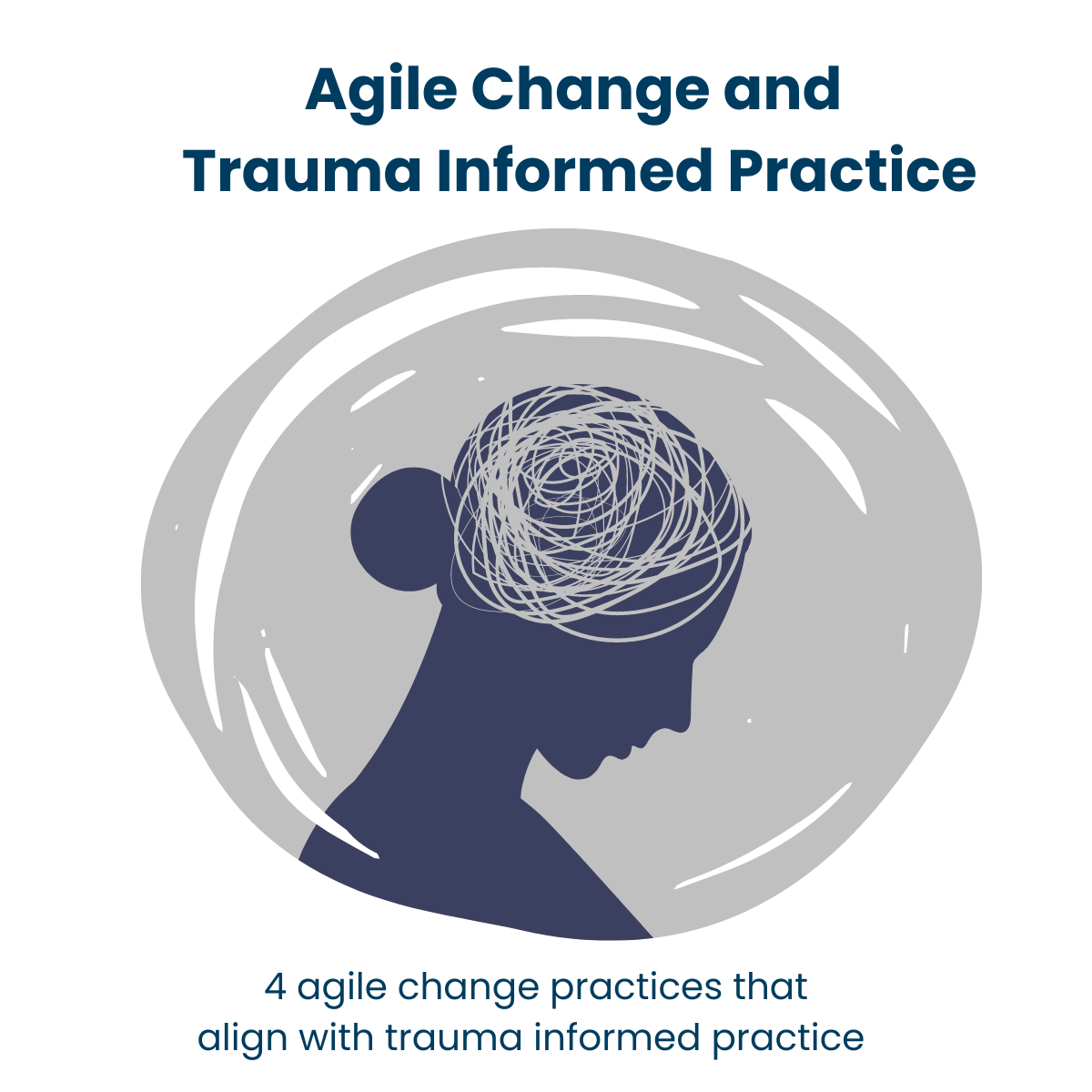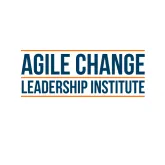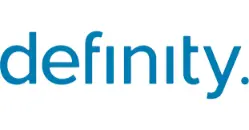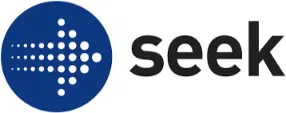Trauma informed practice is emerging as something that the change and agilty community needs to know more about. There is no doubt that our workforce today is under considerably more pressure than five years ago.
Pace and volume of change to one side, our workforce is now expected to contend with radical change and stress from the pandemic, climate crisis (flood and fires) and an escalation of social injustice issues.
This can be categorised as continued and cumulative trauma.
When people are experiencing trauma, it reduces their ability to contend with change, to embed new learning, and to explore new ideas.
This means that a workforce exhibiting symptoms of trauma is a very difficult workforce for a change manager or change leader to work with successfully.
So, it stands to reason there is value in change managers and change leaders becoming better informed in the principles of trauma informed practice. They are not expected to be psychologists, rather adapt their change practice to accommodate trauma informed care.
Trauma-informed care follows six principles not unlike what good change design should be:
1. Safety,
2. Trustworthy and transparency,
3. Peer support,
4. Collaboration and mutuality,
5. Empowerment, voice, and choice
6. Cultural, Historical and Gender Issues.
The field of agile change management can be especially helpful in this regard. Good agile delivery is founded on the first five items, albeit silent or disregarding the sixth.
Not surprisingly then are there a number of agile change practices that are inherently trauma informed. Here’s four that come to mind!
4 Agile Change Practices that support Trauma informed change.
1. Lean Coffee
A democratic meeting with some structure (a board with three columns: to discuss, discussing, and discussed) and no agenda. Participants gather and decide on the agenda. Participants write one topic they want to discuss on a post it note, and introduces the topic in a couple of sentences, the group votes on most valuable or important and then each topic is timeboxed. It creates a safe and transparent way to raise issues in the company of others – voice and choice.
2. Visual Communication
With brain research, we do know that the human brain processes visual information 60,000 times faster than text and figures! To address uncertainty, ensure you communicate when further information will be available and where it can be found. A visual roadmap works wonders here! – Use infographics, photographs, and icons as much as you can to convey key messages. When brains are struggling to embed new information, this can really speed things up.
3. Kanban boards
Kanban is the Japanese word for ‘visual signal’ or ‘visual card’.
Inspired by the Lean manufacturing practices at Toyota, the Kanban board is an effective way for teams to visually display what they are working on and where it’s at, and identify blockers or impediments to progress. You will find it extremely useful and a foundation of many agile change practices.
One of the objectives of the Kanban board is to bring attention to the volume of work in progress – in the DOING column – to reduce it. The idea is to move the work along the flow, to the DONE column. At a glance, you not only see the progress of the work, but also the scope and scale of the work underway. Again, safety, transparency, encouraging collaboration.
4. Work out Loud
Working Out Loud (WOL) is the practice of working publicly and collaboratively to amplify connections, networks, innovation and understanding.
Working Out Loud is the term originally coined by Bryce Williams in 2010 for a practice that radically changes how we perform our work. It was later advanced by Simon Terry and John Stepper, with Stepper doing a TEDx talk, publishing a book, and creating the infrastructure for a global movement, and a focused use of the approach with Work Out Loud Circles.
For us, Working Out Loud is a foundation agile change practice that can be applied to all capabilities: data informed decision making, engagement, and communication.
How do you use it?
As Terry suggests, when we ‘Work Out Loud’, we do so first to connect, then share, then solve problems publicly, which can lead to innovations.
At its most basic, we do this by narrating our work on public platforms – posters by our desk, Yammer, Teams, Workplace – ‘I’m working on product x– we’re doing [activity]’. You may see your Agile teams setting up showcases – these are a form of Working Out Loud.
This increases opportunity for connection, then sharing, then collaborative problem solving – mutuality, voice, collaboration and empowerment.
More please?
Want to know more about trauma informed? We recommend Blue Knot Foundation
You might also like our Agile Change Playbook for more information on all of these practices OR our Certificate of Agile Change Management


































